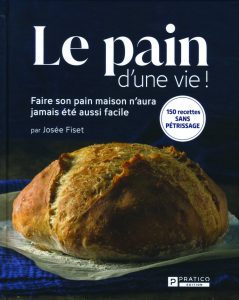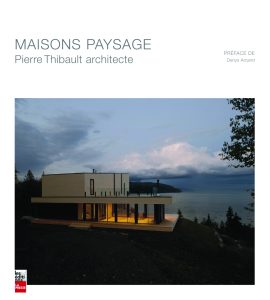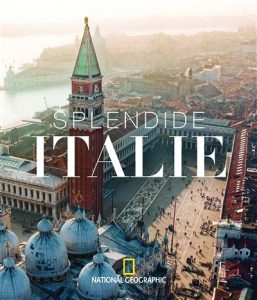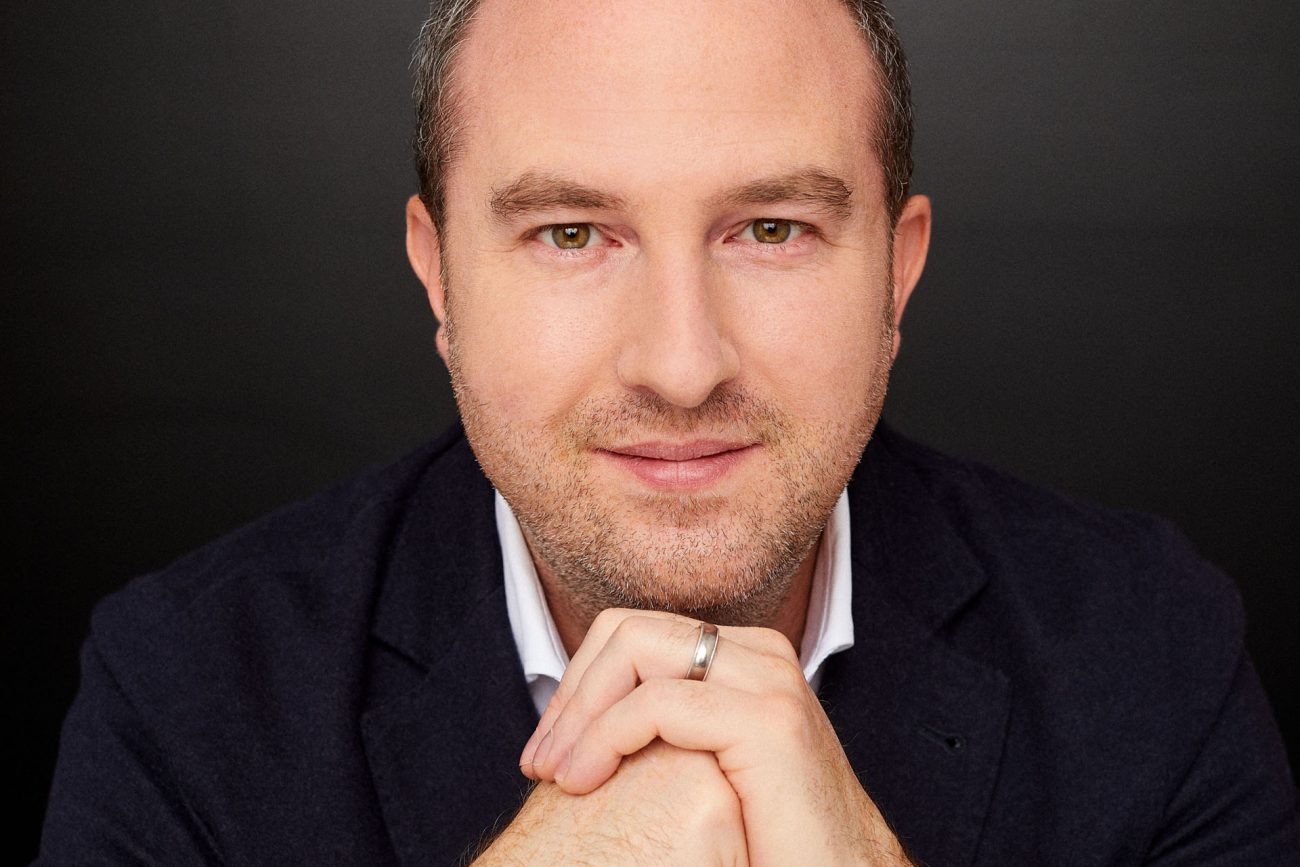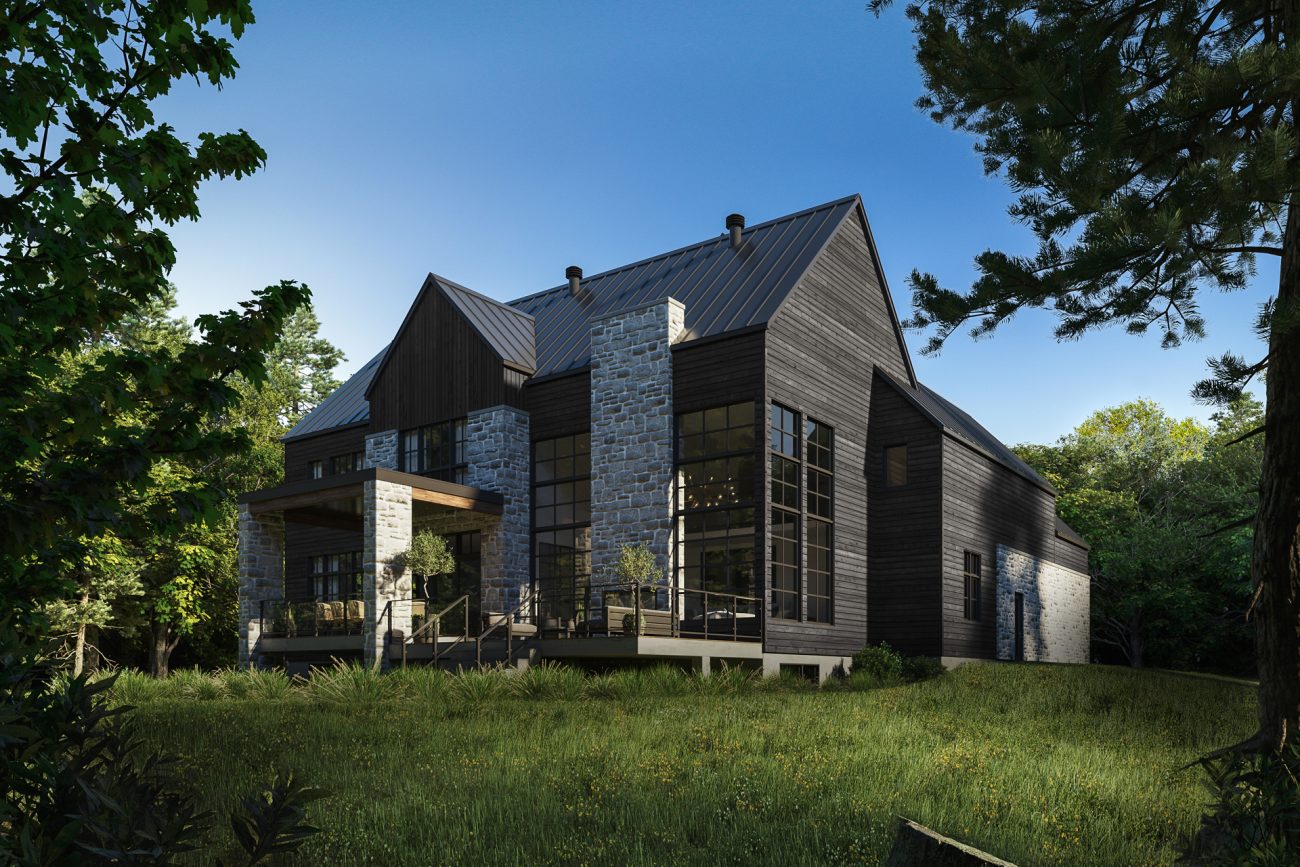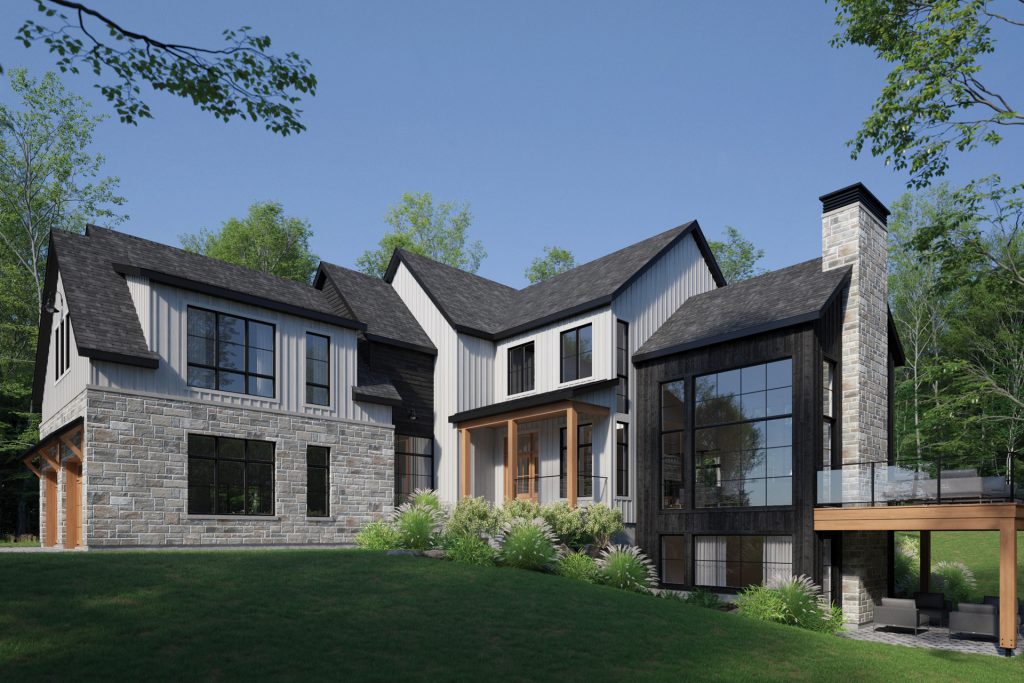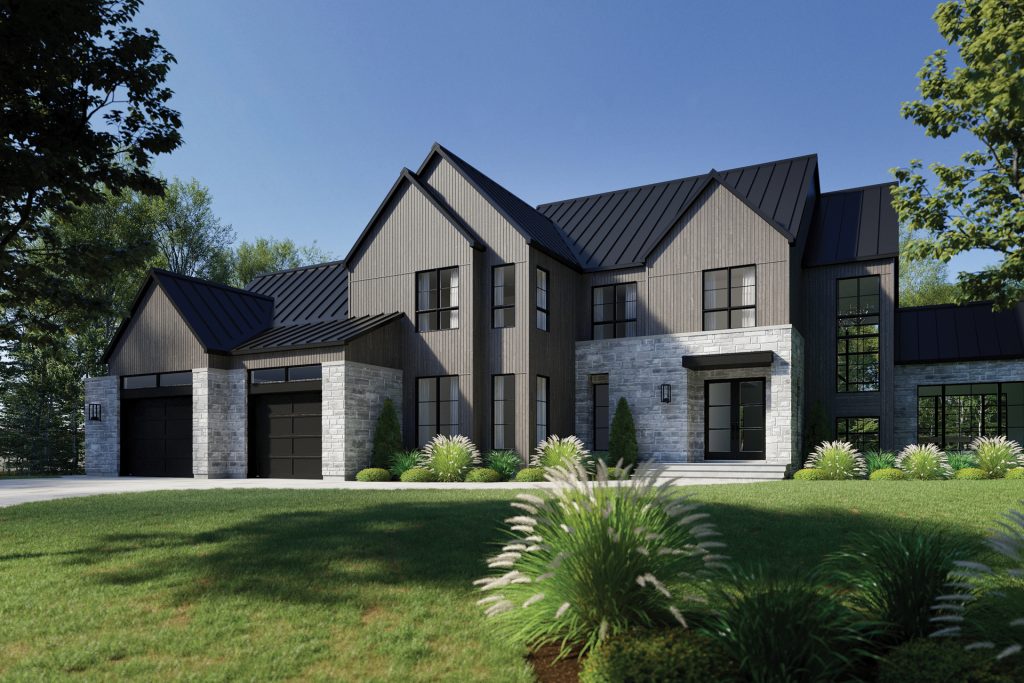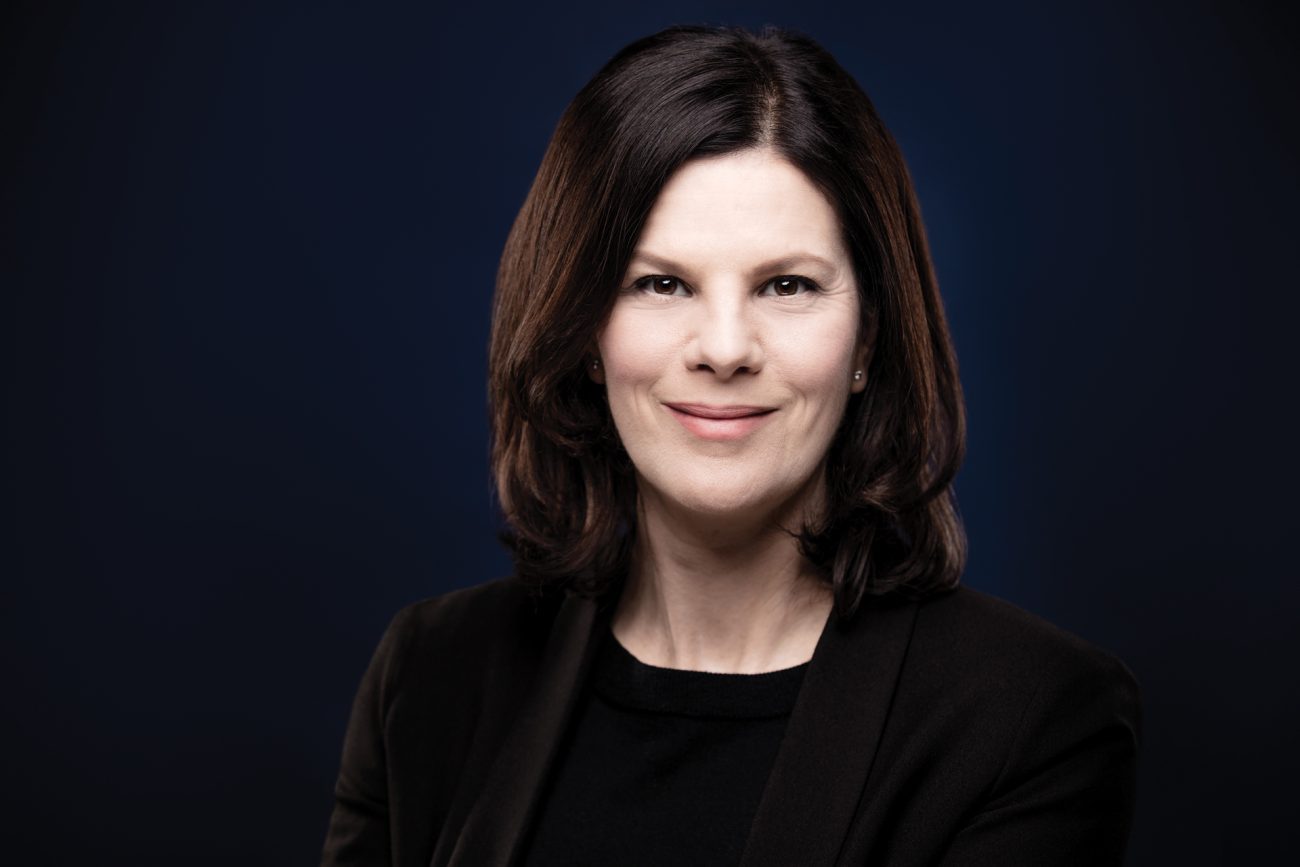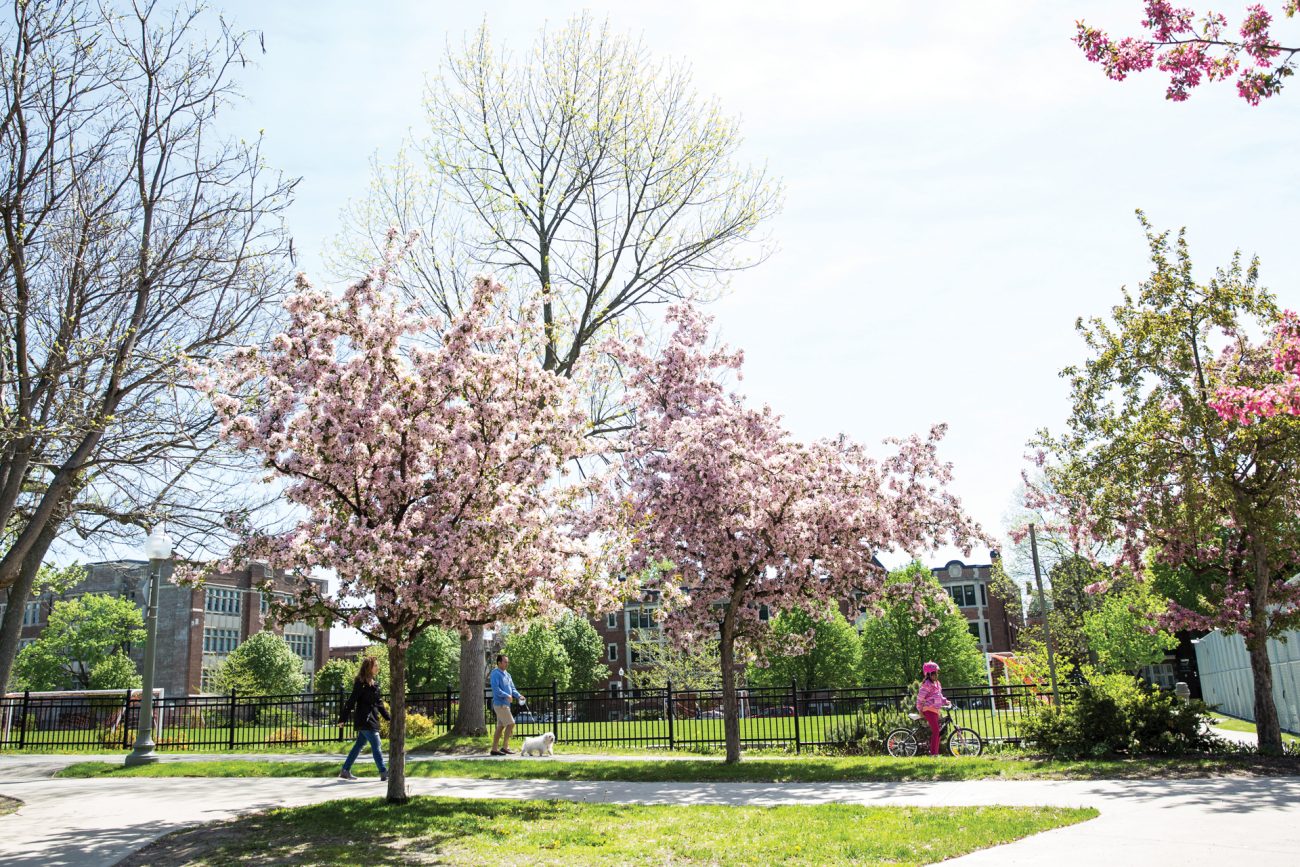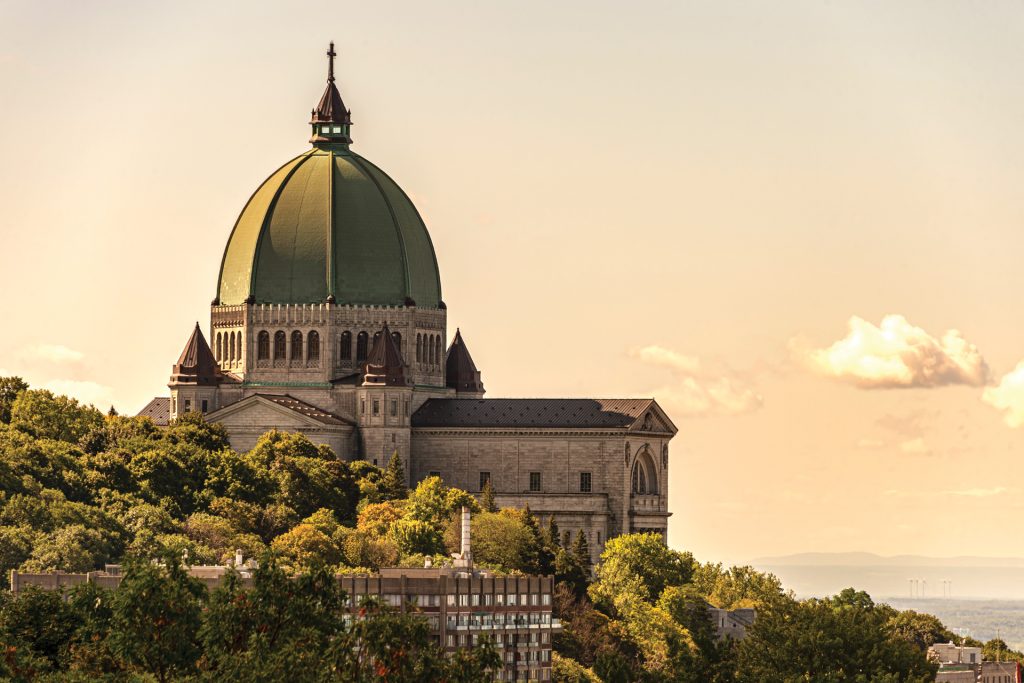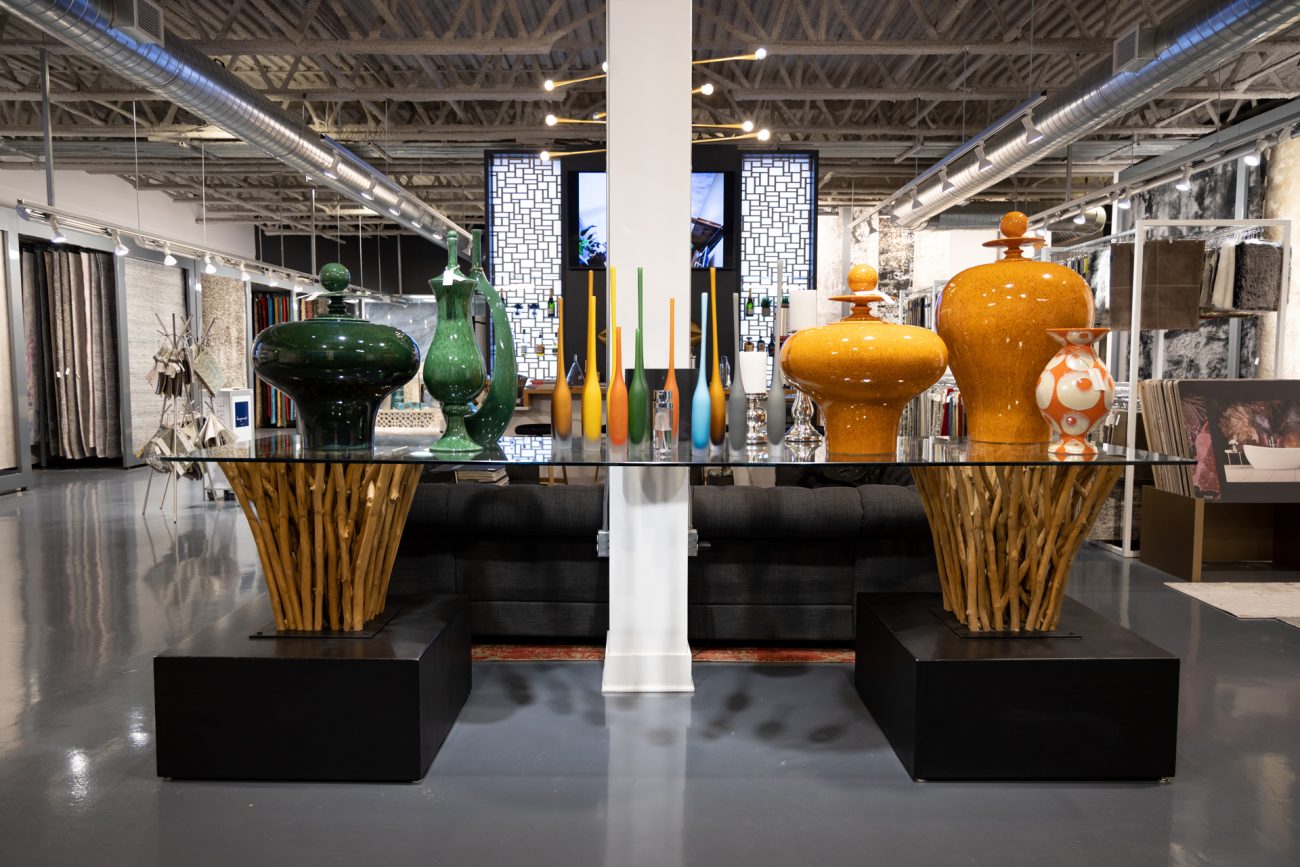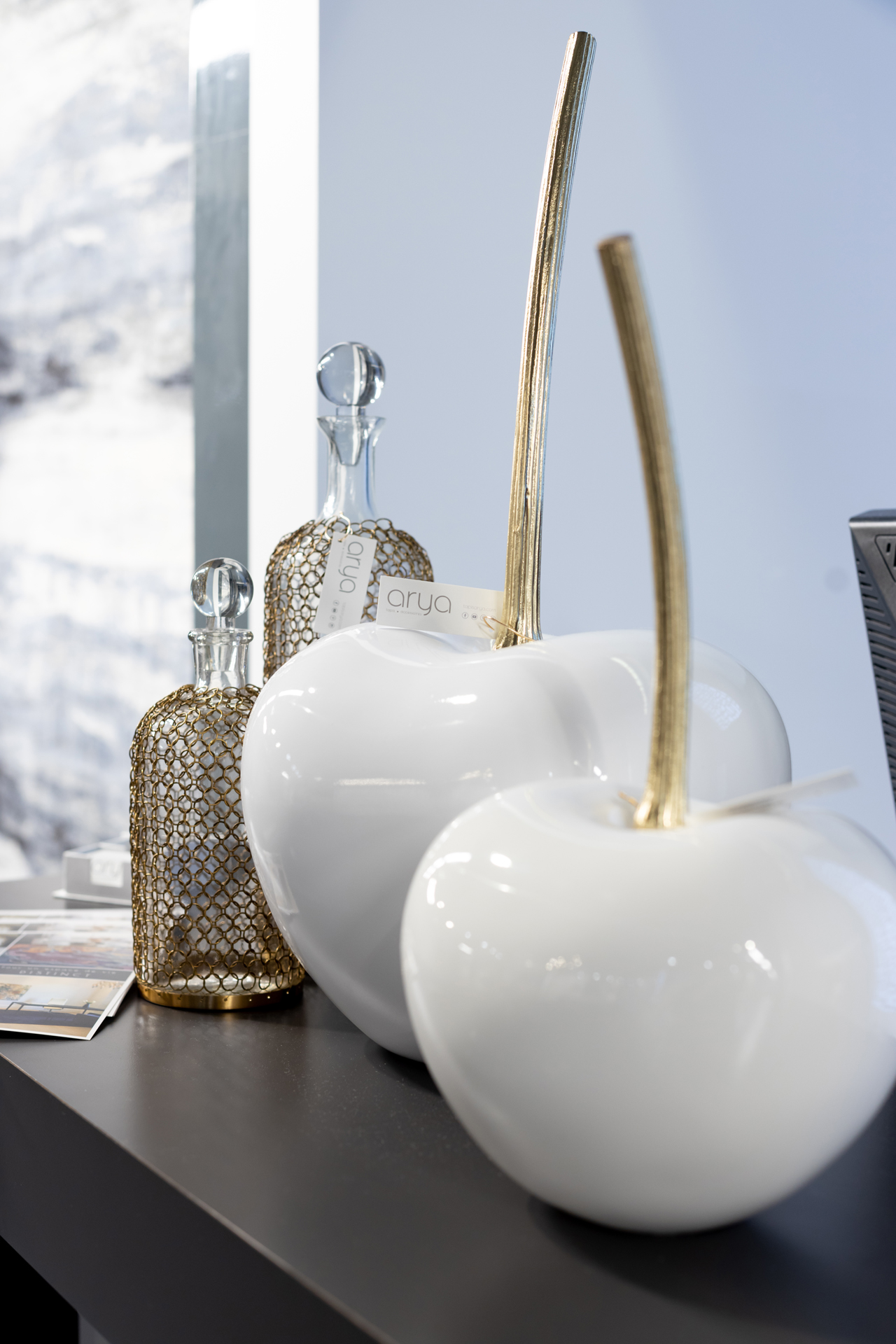Patek Philippe has announced that the Nautilus 5711/1A-010, with its iconic blue dial, will be permanently discontinued. The “reference of references” – consigned to history? What on earth has got into Patek Philippe? In fact, the decision was taken back in 2019, at Baselworld. According to Thierry Stern, “There were too many Nautiluses out there.” But plans for a successor were already well in hand.
In collaboration with Europa Star
The news detonated like a bomb among the hundreds and thousands of collectors around the globe. Patek Philippe will no longer produce the Nautilus 5711/1A-010, with its iconic blue dial. Immediately, the alarm was sounded: articles were hurriedly drafted, bloggers weighed in, social networks buzzed with conjecture and hypothesis. The famous Nautilus in steel, with its central second and date at 3 o’clock, set against a blue dial, is one of the most, if not the most, desirable wristwatches on the market – discontinued?
The waiting list is as much as 12 years. The official retail price of CAN $39,000 regularly climbs to CAN $95,000 on the secondary market. As the owner of one second-hand watch site explained, it’s common for a Nautilus to sell the minute it “drops” online. The initial rumor, followed by the confirmation, that this legendary reference would be discontinued, sent the numbers spiralling, with models changing hands for CAN $135,000 or even more. It’s a fair bet that prices will climb even further.
A Nautilus is not a Bitcoin
Interviewed about the decision by the New York Times in mid-February, Thierry Stern wryly conceded that he “did not make a lot of friends in the past few weeks. All I can say is, I am sorry. But I hope in five or 10 years they will understand and forgive me.” At the heart of this decision is the same mantra: “You have to protect the brand and not just one product.”
Thierry Stern admits he could have continued to produce the reference, and sold ten times as many. “We are doing this for our clients who already own a Patek Philippe and to protect our brand from becoming too commercial. I am not working for numbers. I am protecting the company for the future, for my children.” Thierry Stern confessed he took the decision to retire this most successful reference at Baselworld in 2019. “There were too many Nautiluses out there,” he said.
Keen on green
As the reference 5711/1A-010 (introduced in 2006 to celebrate the collection’s 30th anniversary) exits stage left, the 5711/1A-014 with date and second hand emerges from the wings. The most obvious difference is that the cult blue-black dial has been replaced by a brand-new and extremely elegant sunburst olive green dial, its horizontal ridges magnifying the play of light across its surface.
The colour, which goes particularly well with the refined lustre of the steel case, bezel and bracelet, and its satin-brushed and polished surfaces (each watch requires 55 manual finishing operations) gives the piece a contemporary flair that further enhances the strength of its design. Legibility is optimal, thanks to the contrast between the olive green and the white gold applied markers and rounded baton hands, which are filled with lume to provide easy nighttime readability.
The steel case retains its 40 mm diameter (measured between 10 and 4 o’clock) and thickness of 8.3 mm. Water resistant to a depth of 120 m, with a screw-down crown and sapphire caseback, mounted on a steel bracelet with Nautilus folding clasp, this new reference is equipped with the 26-330 SC caliber. Introduced to the 5711 in 2019, this automatic movement with optimized winding system provides a power reserve of between 35 and 45 hours, and has a stop-seconds function to ensure precise adjustment. The movement architecture is particularly elegant, and the meticulous finish is everything we have come to expect from Patek Philippe.
The latest arrival joins the reference 5711/1R-001 in rose gold with a brown-black dial, which was introduced in 2015.


Steel and baguette-cut diamonds
The sunray olive green dial can also be found on another model introduced this year, the reference 5711/1300A-001, which features an unusual combination of steel case and bracelet with a baguette-cut diamond-set bezel. This prestigious cut is traditionally reserved for precious metals.
No fewer than 32 Top Wesselton Pure (~3.6 ct) diamonds embellish the characteristic case and bezel of the Nautilus, whose octagonal shape with its rounded corners imposed its own unique demands on the gems, which are cut in a slightly trapezoidal shape rather than being strictly rectangular.
These details aside, the prestigious new reference remains identical to the new reference 5711/1A-014: same dial, same date and center second hand, same 40 mm diameter, same superlative finish, same technical specifications and same latest-generation automatic movement. The sparkling baguette diamonds are a bonus.
Blue returns – with gold
But diehard fans of blue may rest assured: their colour of predilection can still be found in the latest Nautilus Travel Time Chronograph, ref. 5990/1R-001. This flyback chronograph with Travel Time function (dual time zone) and date indication supplied by a hand at 12 o’clock, combined with local time, was launched in 2014 in steel with a dial that shades from dark grey in the center to deepest black at the circumference. This latest version combines a rose gold case, bezel and bracelet with a sunburst blue dial, complete with the iconic horizontal ridges, along with rose gold applied markers and hands, the latter coated with lume.
The watch’s self-winding chronograph caliber CH 28-520 C FUS combines a traditional column wheel mechanism with an avant-garde disc clutch. The flyback function relaunches the chronometer “on the fly” with a simple press of the reset pusher (at 4 o’clock), without the need to activate the stop button (at 2 o’clock) beforehand. The central chronograph seconds hand and the 60-minute counter at 6 o’clock share the dial with the Travel Time display. This comprises two central hour hands, one openworked to mark home time and a second full hand to show local time.
Two + and – pushpieces located on the side of the case at 9 o’clock allow the traveller to very easily add a second time zone, by advancing the hour hand one hour at a time. Once back home, the user can simply return one hand to its position on top of the other, so that they function as one. In order to avoid any confusion, two small windows marked “Local” and “Home” show day and night for both time zones. The date hand shares the 12 o’clock spot with local time.
Water resistant to a depth of 120 m, with a diameter of 40.5 mm and a depth of 12.53 mm, secured with a patented Patek Philippe folding clasp secured at four points, this cosmopolitan reference that marries useful complications with ease of use joins the Nautilus collection alongside the reference 5990/1A in steel.

Snow and waves
In 2009, Gérald Genta himself collaborated with Patek Philippe on the creation of a new Ladies’ Nautilus. Revisited in 2013 and again in 2015, this watch has given rise to a number of jewelry variations including, from 2013 to 2018, a rose gold model paved with snow-set diamonds, even on the dial. This type of setting, which incorporates a random element in the way the differently-sized diamonds are positioned close together, like a sparkling carpet of snow, results in a unique creation every time.
This year, Patek Philippe is bringing out a rose gold Nautilus whose case, bezel and bracelet are paved with snow-set diamonds. Unlike the previous reference 7021/1R-001, however, this new Nautilus Haute Joaillerie reference 7118/1450R-001 features an exceptionally refined and elegant “wave” motif on the dial. Like a frozen lake carpeted with snow, the rows of diamonds undulate gently across the dial from top to bottom, their motion captured between gold fillets.
The new reference has grown slightly as a result of its transformation, from 33.6 mm in the previous iteration to 35.2 mm. In the interests of legibility, the rose gold hour and minute “alpha” baton hands are luminescent, as are the hour markers. At its heart beats the automatic caliber 324 S, which drives a central second hand and offers a minimum power reserve of 45 hours. Its architecture and finishes may be admired through the sapphire caseback.

www.europastar.com
Text: Pierre Maillard








